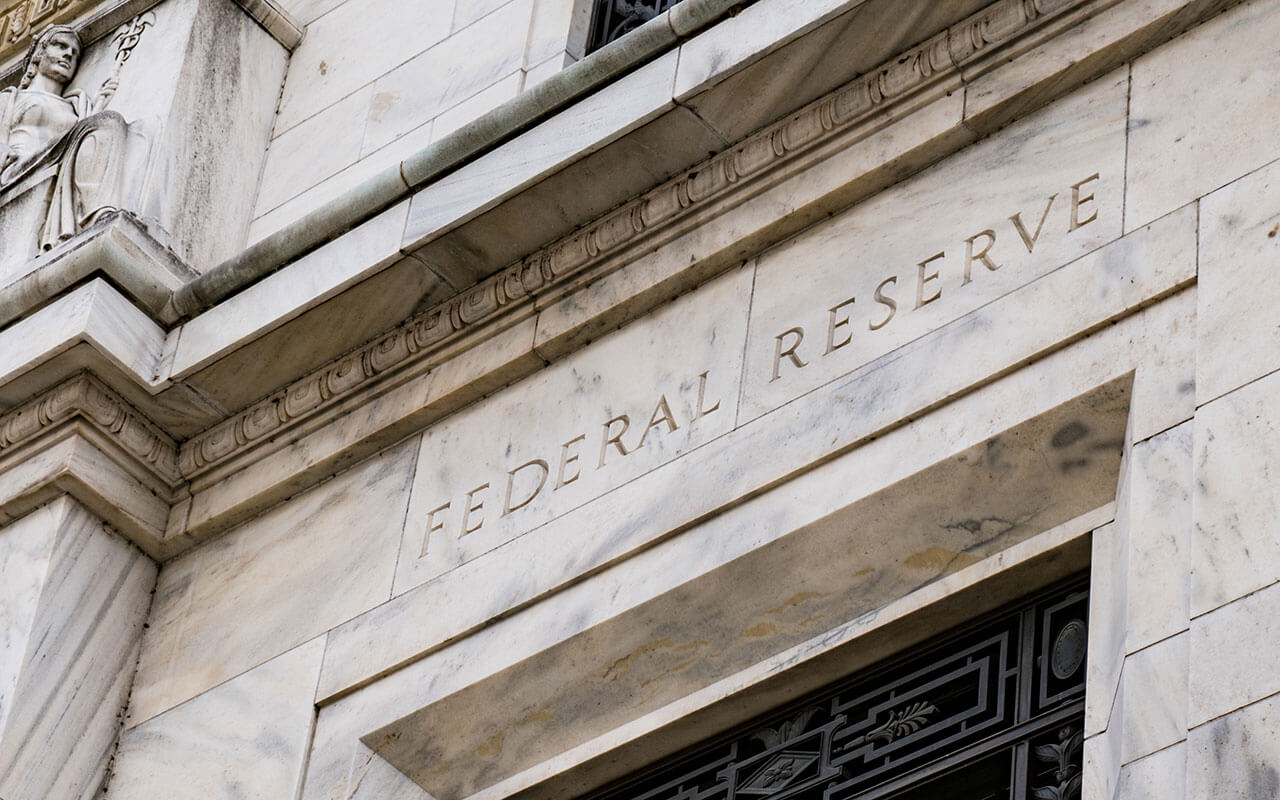Fed Governor Advocates for Banks and Firms to Issue Stablecoins Under Clear Regulations
17.02.2025 13:00 1 min. read Alexander Stefanov
A top official from the U.S. Federal Reserve is pushing for new legislation that would allow traditional financial institutions to issue stablecoins backed by the U.S. dollar.
During a speech in San Francisco, Federal Reserve Governor Christopher J. Waller argued that creating a regulatory framework for stablecoins would provide significant benefits to the financial system.
Waller believes that stablecoins could enhance the accessibility of U.S. dollars, simplify international transactions, and improve payment systems for everyday consumers. He suggested that banks and non-bank entities alike should be permitted to issue these digital assets under a well-defined regulatory structure. Ensuring stability and security, he noted, would be key to their successful integration into the financial landscape.
Despite their advantages, stablecoins also pose risks. Waller pointed out that some have lost their peg to the dollar in the past, raising concerns about reliability. Additionally, he warned that stablecoins, like any other payment mechanism, are vulnerable to technical failures and settlement issues.
Regulatory discussions around stablecoins have gained momentum in Washington. Senator Bill Hagerty recently introduced the GENIUS Act, a proposal aimed at establishing clear rules for stablecoin issuers, including licensing requirements and reserve obligations. With policymakers increasingly focused on digital asset regulations, Waller’s comments reflect a growing push to bring stablecoins under the umbrella of traditional finance.
-
1
Key Crypto Events to Watch in the Next Months
20.07.2025 22:00 2 min. read -
2
House Clears Path for Landmark Crypto Bills: Vote Set for Thursday
17.07.2025 9:15 2 min. read -
3
Australia Tests CBDCs in 24 Separate Real-World Finance Use Cases
10.07.2025 19:00 2 min. read -
4
U.S. House Passes Sweeping Clarity and GENIUS Acts
17.07.2025 23:29 1 min. read -
5
Senate Confirms Crypto-Linked Nominee Jonathan Gould to Head OCC
11.07.2025 9:00 2 min. read
Nigeria Signals Greenlight for Stablecoin Innovation Under New Regulatory Vision
Nigeria is taking a decisive step toward embracing stablecoin adoption, as the country’s Securities and Exchange Commission (SEC) outlined its readiness to support digital currency innovation—under clear regulatory conditions.
South Korea Urges Asset Managers to Limit Exposure to Crypto Stock Like Coinbase,MicroStrategy
South Korea’s top financial watchdog has issued informal guidance urging local asset managers to scale back their investments in crypto-related stocks, according to a Korean Herald report.
SEC Reverses Bitwise ETF Approval Just Hours After Greenlight
In a surprising move on Tuesday, the U.S. Securities and Exchange Commission (SEC) initially approved Bitwise’s proposal to convert its cryptocurrency index fund into a full-fledged exchange-traded fund (ETF)—only to halt the decision just hours later.
Senate Republicans Unveil Crypto Market Bill to Expand CLARITY Act
Senators Tim Scott, Cynthia Lummis, Bill Hagerty, and Bernie Moreno (R-OH) have released a discussion draft of a new digital asset market structure bill—framed as the Senate counterpart to the CLARITY Act.
-
1
Key Crypto Events to Watch in the Next Months
20.07.2025 22:00 2 min. read -
2
House Clears Path for Landmark Crypto Bills: Vote Set for Thursday
17.07.2025 9:15 2 min. read -
3
Australia Tests CBDCs in 24 Separate Real-World Finance Use Cases
10.07.2025 19:00 2 min. read -
4
U.S. House Passes Sweeping Clarity and GENIUS Acts
17.07.2025 23:29 1 min. read -
5
Senate Confirms Crypto-Linked Nominee Jonathan Gould to Head OCC
11.07.2025 9:00 2 min. read


